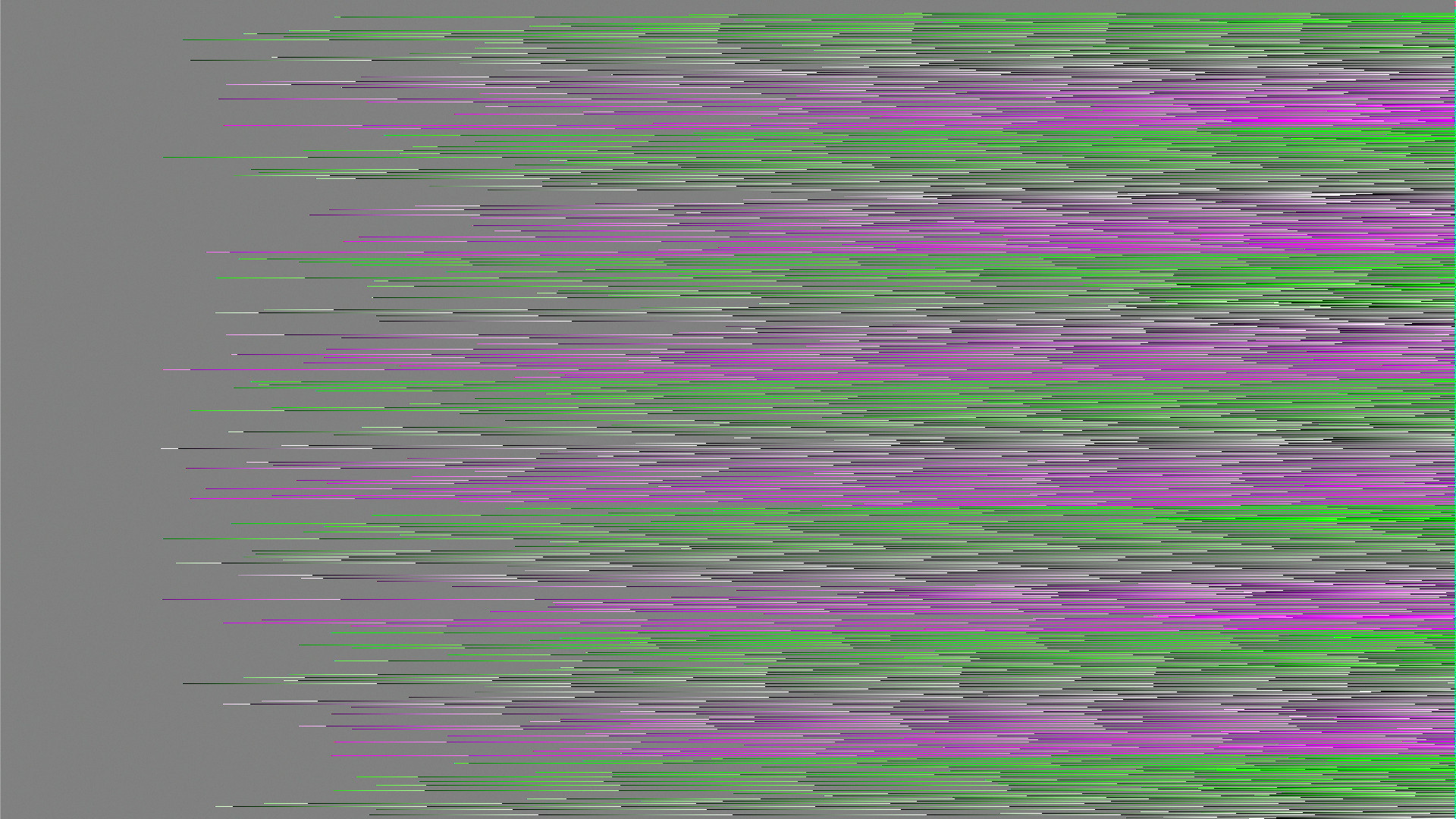This project aims to (ab)use cheap USB 3.0 HDMI capture sticks based on the MacroSilicon MS2130 as a general purpose USB interface.
In combination with small FPGA boards with HDMI interface like the Tang Nano series, it can be used to capture high speed data streams from an external data source like an ADC, do-it-yourself SDR, or simply build a high speed logic analyzer. Furthermore, instead of an FPGA board, the Raspberry Pi RP2350 also can be used, see hsdaoh-rp2350.
For more information, please take a look at the slides of the presentation at OsmoDevcon 2024 here. A video recording of the talk can be found at media.ccc.de. The hardware design files of the hsdaohSDR prototype shown in the talk can be found here.
You need at least two pieces of hardware:
There are many sources for those devices, ranging from Aliexpress to Amazon or maybe even your local hardware retailer, the price is typically around USD 10. Simply search for MS2130. Just make sure that it is marked as a real USB 3.0 device (most of them are marked as "U3" on the case), as cheaper sticks use the older MS2109 chip which is USB 2.0 only.
The main target are currently the Tang Nano series of boards (4K, 9K and 20K). The Tang Primer boards as well as the EBAZ4205 also have been tested.
With hsdaoh-rp2350, it is possible to reach transfer rates of up to 75 MByte/s, and the PIO state machines offer a flexible interface for connecting external data sources.
- Please follow the instructions at https://github.com/steve-m/hsdaoh-fpga to get an example design running on your FPGA.
- Follow the instructions below to get hsdaoh running on your computer.
- Then connect your FPGA board to the HDMI grabber and make sure you can see actual video output.
- You then can use hsdaoh_test to verify the counter values being output by the FPGA.
As this project shares code with rtl-sdr and osmo-fl2k, the installation process is almost identical. There is one additional dependency to abstract the video input however (libuvc).
To install the build dependencies on a distribution based on Debian (e.g. Ubuntu), run the following command:
sudo apt-get install build-essential cmake pkgconf libusb-1.0-0-dev libuvc-dev
To build hsdaoh:
git clone https://github.com/steve-m/hsdaoh.git
mkdir hsdaoh/build
cd hsdaoh/build
cmake ../ -DINSTALL_UDEV_RULES=ON
make -j 4
sudo make install
sudo ldconfig
To be able to access the USB device as non-root, the udev rules need to be installed (either use -DINSTALL_UDEV_RULES=ON or manually copy hsdaoh.rules to /etc/udev/rules.d/).
Before being able to use the device as a non-root user, the udev rules need to be reloaded:
sudo udevadm control -R
sudo udevadm trigger
Furthermore, make sure your user is a member of the group 'plugdev'. To make sure the group exists and add your user to it, run:
sudo groupadd plugdev
sudo usermod -a -G plugdev <your username>
If you haven't already been a member, you need to logout and login again for the group membership to become effective.
As libuvc and libusb are cross-platform libraries, it should be able to build libhsdaoh for Win/OSX as well. As of now, this is untested.
This application records the data to a file or FIFO.
This application is similar to rtl_tcp, it opens a listening TCP socket (by default on port 1234) and streams out the data if a client connects.
The purpose of this application is measuring the real rate the device outputs and verifying the test counter. It can be used to test if the device works correctly and if the clock is stable, and if there are any bottlenecks with the USB or HDMI connection.
hsdaoh is developed by Steve Markgraf, and is heavily based on rtl-sdr and osmo-fl2k.
